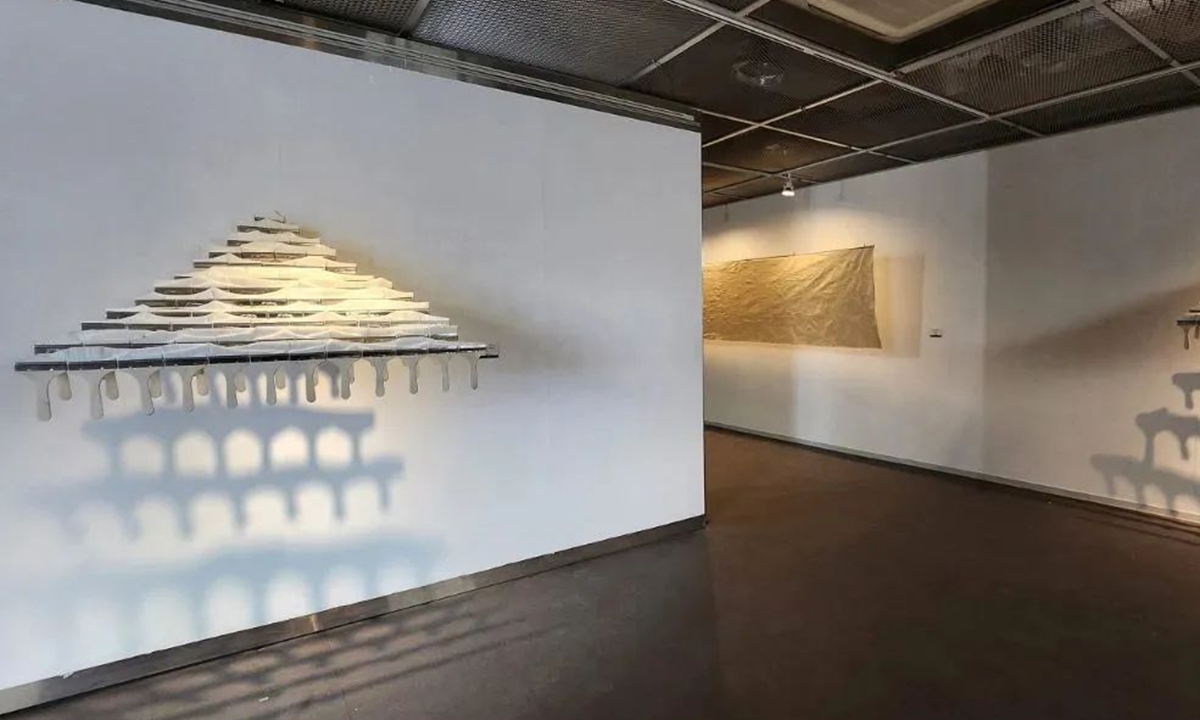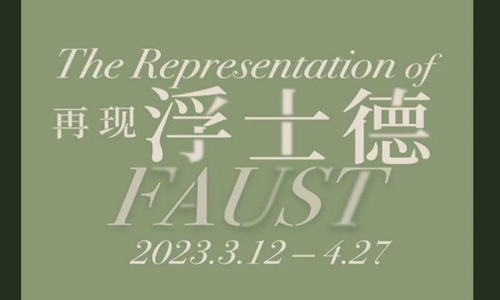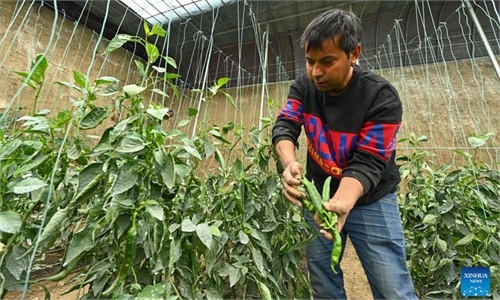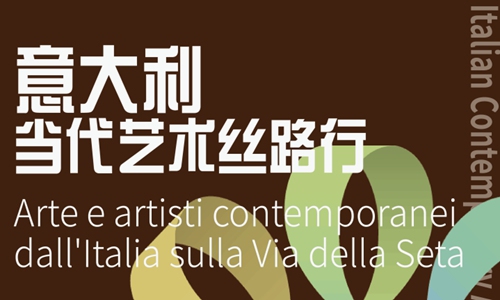ARTS / CULTURE & LEISURE
Chinese artist's landscape sculptures shine at Seoul exhibition

Photo: Courtesy of Wu Yinan
A symbol of Chinese fine art, landscape paintings are not only a reflection of mountains and rivers, but also a presentation of the mind, a manifestation of aesthetics. Since ancient times, literati have regarded mountains and rivers as the ideal pursuit to present their personality - placing themselves among the mountains and rivers, indulging in them, and seeking the true meaning of life in the mountains and rivers.
Chinese artist Zhao Junhao has incorporated the feelings and aesthetics of traditional landscape paintings into his sculptures, which are on display at a solo exhibition in Seoul, South Korea.
According to the artist, the goal of his art is to use landscapes as a means to express inner emotions. Following the theory of "learning from nature," he seeks to transform the painting genre into sculptures as a new way of self-expression.
The exhibition features nine landscape sculptures that present the artist's values and thinking toward the relationships between people, society and nature. The brush and Xuan paper (rice paper) are used to represent scenes of mountain and rivers in shapes.
Through new materials, Zhao has been working to explore a new approach to present Chinese traditional culture, said Ma Hui, executive director of the China Urban Sculptors Association.



